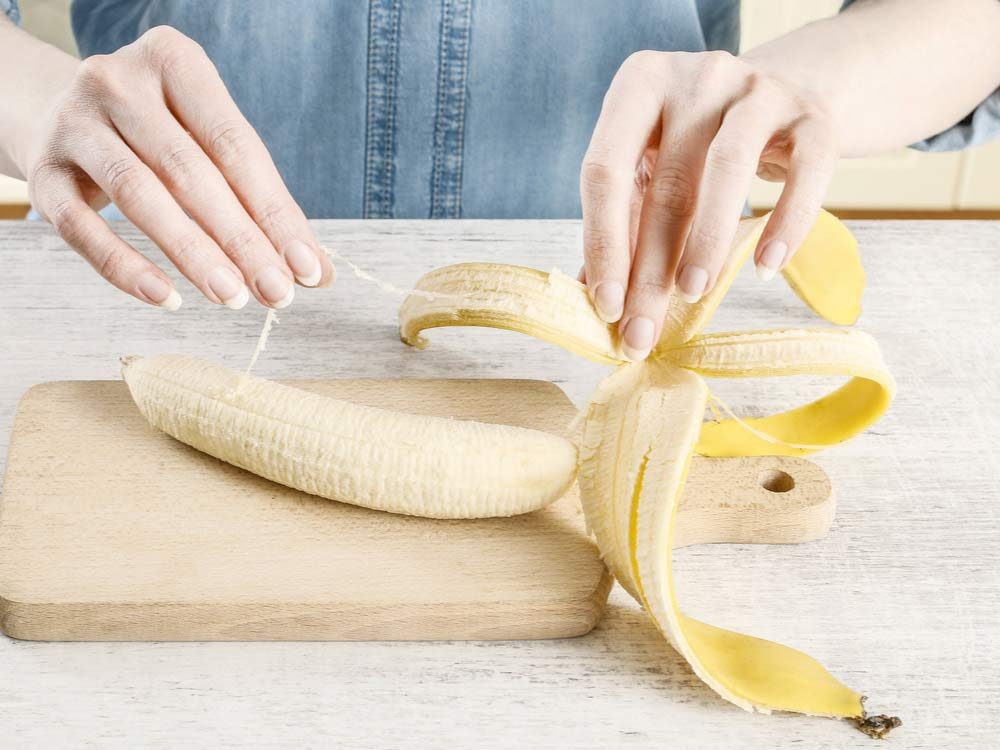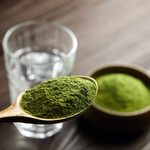This Is Why You Shouldn’t Be Throwing Out Those Banana “Strings”
Before you throw out those weird banana “strings,” read this!

When something on your fruit or vegetable looks odd, it isn’t unusual to instinctively toss it to the side. But some “weird” parts of fruits and veggies actually contain copious amounts of health benefits (like this fruit’s seed), or they may offer other little-known uses. (Who knew there’s a use for onion skins?) Those “strings” on your banana are no different.
Often peeled off and thrown away with its skin, banana “strings,” which are scientifically called “phloem bundles,” are just as nutritious as the rest of the fruit. They are packed full of potassium, fibre, vitamin A, and vitamin B6.
Phloem is a tissue found in all plants, which is responsible for the transport of nutrients. “Phloem bundles are made up of living cells and allows for food products and sugar to get to all the different parts of the plant,” says Rebecca Lee, a registered nurse and the founder of remediesforme.com, a health resource for natural remedies.
And that is exactly what those “strings” do in the banana; they act as “veins” or “arteries,” transporting necessary nutrients throughout the delectable fruit so it’s grown properly. (Here are some healthy breakfast ideas you can use today.)
“It’s not gross or disgusting it just helps the banana grow and become delicious,” Dr. Elizabeth Trattner A.P. DOM, Doctor of Chinese and Integrative Medicine, told Reader’s Digest. “It is fine to eat and although its structure is a little different than the inside it can be consumed.”
Those phloem bundles can also be used to determine if your banana is ready to eat. If all of the nutrients haven’t been evenly distributed throughout the fruit yet, then the phloem bundles stay on more tightly; meaning the banana is underripe. The opposite occurs with ripe and overripe bananas, as the “strings” can be removed more easily. But if your bananas do end up being overripe, here are some ways to still use them!
Plus: This Is the Reason Why North Americans Refrigerate Eggs and Europeans Don’t



